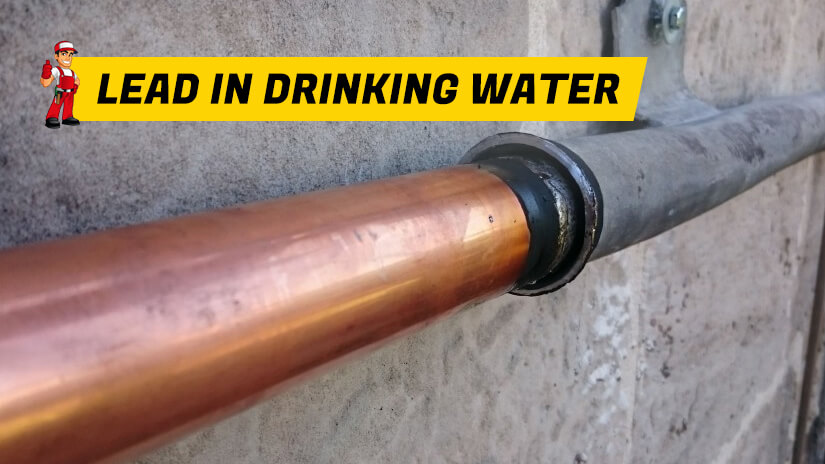KINGSHILL — The USVI Joint Information Center has announced that the results of extensive retesting of sites that demonstrated high levels of lead and copper across areas of the Water and Power Authority’s potable water distribution system have been received and analyzed. Those results confirm the presence of elevated levels of lead and copper above the 15 parts per billion action level established by the EPA.
As a result, the Unified Incident Command recommends that residents on the island of St. Croix not consume or ingest the water. However, in accordance with EPA guidance, residents may continue to bathe, flush, launder clothes, and clean with the water without danger of adverse effects. https://www.epa.gov/ground-water-and-drinking-water/basic-information-about-lead-drinking-water

The Unified Incident Command continues further testing and investigation to determine the source and extent of the problem. DPNR and WAPA have found that flushing the waterlines significantly decreases lead and copper levels, ranging from below the action level to the point of being undetected. WAPA continues a robust flushing program to mitigate the presence of lead and copper.
The initial tests that alerted WAPA to an issue were taken on Sept. 28 and Sept 29, as part of an investigation conducted by WAPA, DPNR and the EPA to determine the cause of the brown and red water in the system.
A second round of test results have been received that sampled water within specific public facilities within the previously identified areas of concern. Those tests were conducted at the St. Croix Educational Complex, the John H. Woodson Junior High School, and the Alfredo Andrews Elementary School, as well as the Mount Pleasant Housing Community. The results of the samples taken at those four locations revealed levels of lead and copper that were either non-detectable or were below the 15 parts per billion action level.

The federal Lead and Copper Rule (LCR) establishes an action level of 15 parts per billion for lead and a maximum contaminant level (MCL) of 1.3 parts per million for copper https://www.epa.gov/dwreginfo/lead-and-copper-rule. The LCR lead action level is designed to assess if the drinking water is being treated effectively to reduce lead. While the samples collected in September and the retested samples were not sampled per the LCR requirements, exceeding the lead action level and copper MCL does indicate a need to conduct further investigation of the sources of lead and copper in the WAPA distribution system.
The VI Government is working with our federal partners to provide the necessary data and documentation to make a case for a federal declaration of a national emergency by the president. A federal declaration will potentially make it possible to receive resources for expanded testing, technical assistance, and relief to residents, particularly with urgency for vulnerable community members.
There are two Department of Health hotlines available for residents to call from 8 a.m. to 5 p.m. Monday through Friday with health concerns related to lead in potable water and lead testing. Individuals may call 340-712-6299 or 340-776-1519. The Department of Planning and Natural Resources also operates a hotline number, 340-514-3666, Monday through Friday from 8 a.m. to 5 p.m.
The Department of Health advises the community that testing for lead exposure is available at the Clinical Laboratory Inc. at Sunny Isle Medical Center on St. Croix and the St. Thomas East End Medical Center at Tutu Park Mall on St. Thomas.



